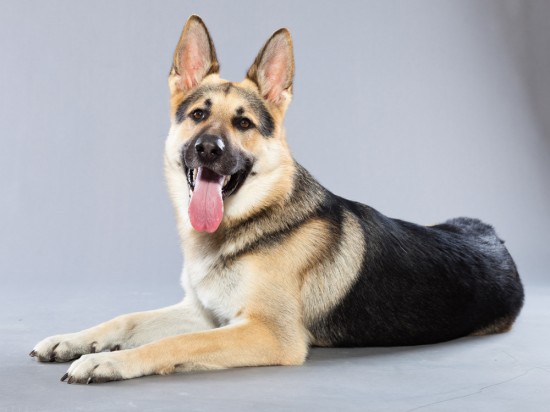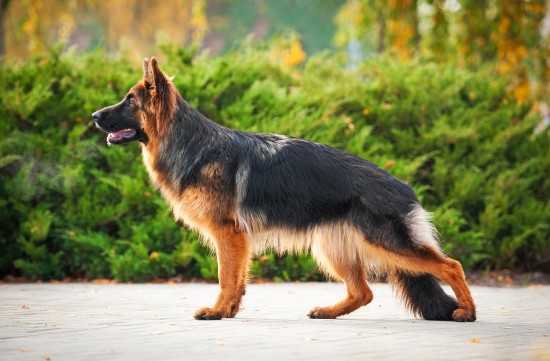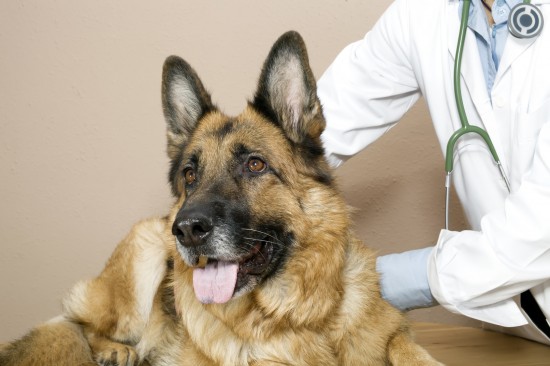
Dogs communicate using a rather unique language. Learning to understanding this "language" will greatly improve the relationship you have with your dog. Not only that, but when it comes to training you will seriously turbo-charge your results by communicating with your dog on his level.
Unfortunately, no-one has yet written a handy reference guide, but by following the guidelines set out below you'll quickly be up to speed on what your dog is trying to tell you.
Here are some of the most important body language cues you'll see from your dog.
Standing Rigid - When a dog adopts a very rigid stance, he could be telling you to back off and leave him alone. He may also adopt this stance when he is protecting some possession. Give your dog a toy or a biscuit when there are other dogs around and you'll see what I mean.
Flashing the Teeth - This is normally the first warning a dog will give to tell you to back off. If you have a dog that tends to be aggressive, or if it's a dog you don't know, it is safer to comply.
Growling - If showing the teeth doesn't work the dog will start growling. If this doesn't get the necessary response the dog may well attack.
Many people scold or punish the dog for growling or showing its teeth. This is dangerous because if the dog is not allowed to give a warning he may escalate straight to an attack.
Raising the Hackles - When a dog raises the hair on his back, he is trying to look bigger in order to scare off a threat. It is often a sign of heightened fear, which means the dog may attack at any moment.
Tucking the Tail between the legs - A classic sign of fear or timidity, but can also mean the dog is anxious. This may have any number of causes, the owner leaving the house for instance, or the dog being introduced to a stranger.
Putting the head down - Depending on the situation this could indicate submission, or the dog may be saying, "let's play".
Raised Paw -A raised paw is a playful gesture, which means, " let's be friends".
Wagging Tail - The tail is a very powerful canine communication tool. A wagging tail is usually interpreted as a friendly gesture but this only applies if the tail is wagging loosely.
If the tail is rigid and flicking slightly from side to side it means the dog is bothered by your presence. If the tail is held between the legs and wagging slightly it can mean insecurity or fear.
Dogs rely greatly on body language and gestures for communication. A dog may learn to obey voice commands, but in their world body language will always mean more.
Learn to interpret their language and you'll understand your dog that much better.
You'll find lots more interesting facts about dogs in the Dogs 101 library at dogsanddogtraining.com
 Keeping Your Cat Safe And Happy Over The Holidays
Keeping Your Cat
Keeping Your Cat Safe And Happy Over The Holidays
Keeping Your Cat
 Keeping Your Cat Cool And Comfortable During The Summer
Keeping Your Cat
Keeping Your Cat Cool And Comfortable During The Summer
Keeping Your Cat
 Osteosarcoma Or Bone Cancer In Dogs
Osteosarcoma Or B
Osteosarcoma Or Bone Cancer In Dogs
Osteosarcoma Or B
 Good Exercises For Your Dog’s Hindquarters
Good Exercises Fo
Good Exercises For Your Dog’s Hindquarters
Good Exercises Fo
 Ovarian Remnant Syndrome - Why A Spayed Dog Might Appear To Be In Season
Ovarian Remnant S
Ovarian Remnant Syndrome - Why A Spayed Dog Might Appear To Be In Season
Ovarian Remnant S
Copyright © 2005-2016 Pet Information All Rights Reserved
Contact us: www162date@outlook.com